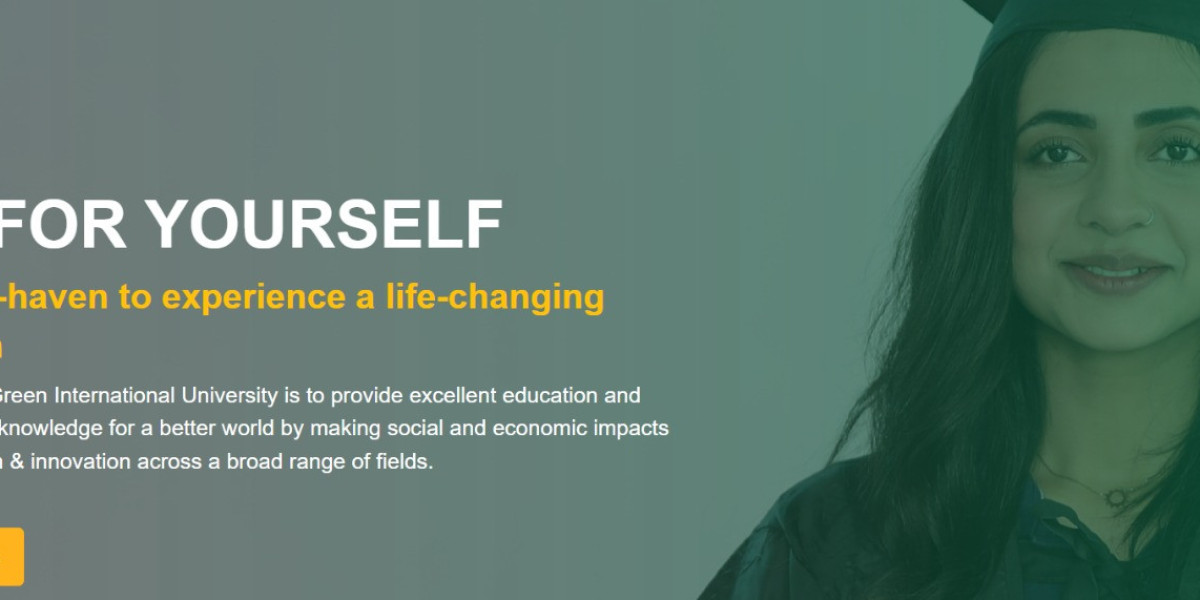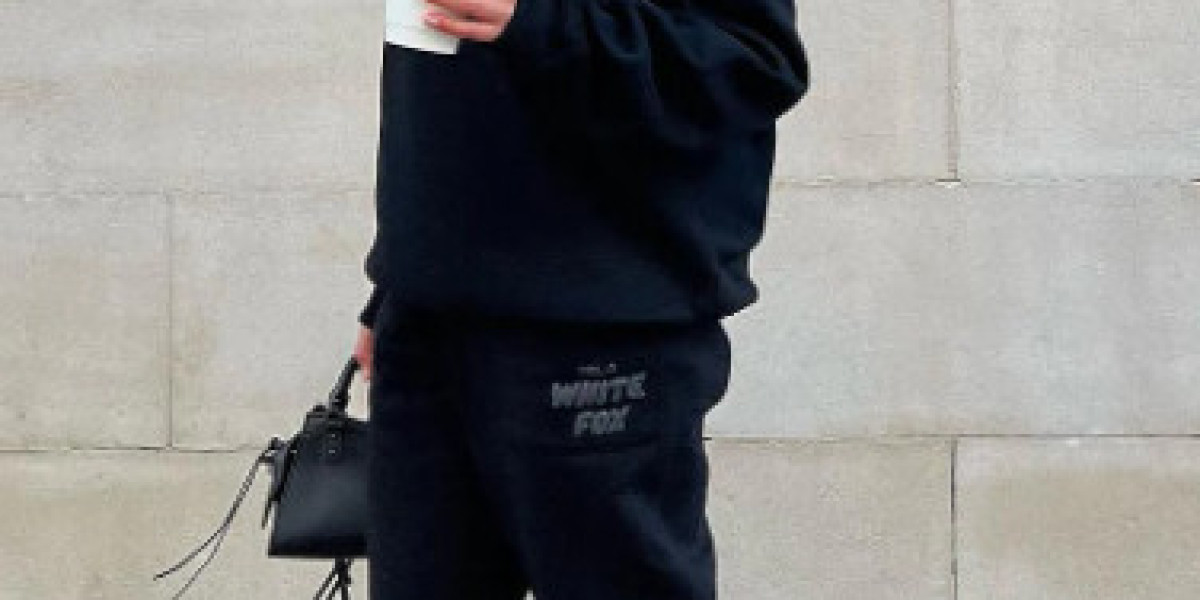Introduction
The healthcare industry is rapidly evolving, with diagnostic imaging playing a crucial role in modern medicine. Lahore, a major educational hub in Pakistan, offers excellent programs in medical imaging technologies, including BS Radiography and Imaging Technology in Lahore and BS Medical Ultrasound Technology in Lahore. These programs equip students with the skills needed to operate advanced imaging equipment, assist in diagnostics, and contribute to patient care.
This blog explores the scope, career opportunities, and top institutions offering these degrees in Lahore.
1. BS Radiography and Imaging Technology in Lahore
What is Radiography and Imaging Technology?
Radiography and Imaging Technology involve the use of X-rays, CT scans, MRIs, and other imaging techniques to diagnose and treat diseases. Professionals in this field work closely with radiologists to produce high-quality images for medical analysis.
Program Overview
Duration: 4 years (8 semesters)
Eligibility: Intermediate (FSc Pre-Medical) with at least 50% marks
Curriculum: Includes anatomy, physiology, radiographic techniques, radiation physics, patient care, and clinical training.
Top Universities in Lahore Offering BS Radiography
University of Lahore (UOL)
Well-equipped labs and affiliated hospitals for clinical training.
Focus on modern imaging techniques like MRI and CT scans.
University of Health Sciences (UHS) Lahore
Government-recognized program with strong clinical exposure.
Emphasis on research and innovation in radiology.
Lahore College of Physical Therapy (LCPT)
Offers allied health sciences programs, including radiography.
Hands-on training in diagnostic imaging.
Shalamar Medical and Dental College
Provides a comprehensive BS program with hospital-based training.
Career Opportunities
Graduates can work in:
Hospitals (public & private)
Diagnostic centers
Research institutions
Teaching positions
Radiology departments in clinics
Job Roles:
Radiologic Technologist
MRI/CT Scan Technologist
Radiology Assistant
Healthcare Administrator
Salary Expectations
Entry-level: PKR 40,000 – 70,000/month
Experienced: PKR 100,000+/month (especially in private hospitals & abroad)
2. BS Medical Ultrasound Technology in Lahore
What is Medical Ultrasound Technology?
Ultrasound technology uses high-frequency sound waves to create images of internal organs, commonly used in obstetrics, cardiology, and abdominal imaging. Sonographers play a key role in diagnosing conditions without invasive procedures.
Program Overview
Duration: 4 years (8 semesters)
Eligibility: FSc Pre-Medical with at least 50% marks
Curriculum: Covers anatomy, ultrasound physics, abdominal sonography, obstetric imaging, and vascular ultrasound.
Top Universities in Lahore Offering BS Ultrasound Technology
University of Lahore (UOL)
State-of-the-art ultrasound labs and clinical training.
Specializations in cardiac and obstetric sonography.
University of Health Sciences (UHS)
Government-affiliated program with hospital rotations.
Strong focus on diagnostic ultrasound applications.
Fatima Memorial Hospital College of Medicine & Dentistry
Hands-on training in ultrasound imaging.
Collaboration with leading hospitals.
Allied Health Sciences Institutes (under UHS)
Offers specialized ultrasound technology programs.
Career Opportunities
Graduates can work in:
Hospitals (OB/GYN, cardiology, radiology departments)
Diagnostic imaging centers
Private clinics
Research and academia
Job Roles:
Sonographer
Echocardiography Technician
Ultrasound Specialist
Radiology Technologist
Salary Expectations
Entry-level: PKR 50,000 – 80,000/month
Experienced: PKR 120,000+/month (especially in specialized fields like cardiac sonography)
3. Comparison: BS Radiography vs. BS Ultrasound Technology
| Aspect | BS Radiography & Imaging Tech | BS Medical Ultrasound Tech |
|---|---|---|
| Primary Focus | X-rays, CT, MRI, Fluoroscopy | Ultrasound imaging (Sonography) |
| Common Applications | Bone fractures, tumors, lung diseases | Pregnancy, heart conditions, abdominal scans |
| Equipment Used | X-ray machines, MRI scanners | Ultrasound machines (Doppler, 3D/4D) |
| Work Environment | Hospitals, emergency radiology | Maternity clinics, cardiac labs |
| Salary Potential | High (especially in MRI/CT) | High (especially in specialized sonography) |
4. Why Choose These Fields?
High Demand in Healthcare
Pakistan faces a shortage of skilled radiographers and sonographers.
Increasing need for diagnostic imaging in hospitals.
Lucrative Career Paths
Opportunities in Gulf countries, Europe, and the USA with higher salaries.
Growing private healthcare sector in Pakistan.
Technological Advancements
AI and 3D imaging are revolutionizing diagnostics.
Continuous learning and specialization options.
5. Admission Process & Tips
How to Apply?
Check university websites for admission dates.
Submit FSc marks, CNIC, and passport-sized photos.
Clear entry tests (if required).
Tips for Success
Strengthen your biology and physics knowledge.
Gain volunteer experience in radiology departments.
Stay updated with advancements in imaging tech.
6. Future Trends in Medical Imaging
AI in Radiology: Automated image analysis for faster diagnosis.
Portable Ultrasound Devices: Increasing use in remote areas.
Hybrid Imaging: Combining PET-CT and MRI for precision medicine.
Conclusion
Both BS Radiography and Imaging Technology and BS Medical Ultrasound Technology are excellent choices for students interested in medical diagnostics. Lahore offers top-notch institutions with strong clinical training, ensuring graduates are job-ready. With the growing demand for imaging professionals, these fields provide stable and rewarding career paths in Pakistan and abroad.
If you have a passion for healthcare technology, consider enrolling in one of these programs to become a vital part of the medical diagnostic team!
FAQs
Q1: Which is better, radiography or ultrasound technology?
Both are in high demand. Radiography covers X-rays, CT, and MRI, while ultrasound focuses on sonography. Choose based on interest.
Q2: Can I work abroad after these degrees?
Yes, countries like the UAE, UK, and USA hire skilled radiographers and sonographers.
Q3: Are there scholarships available?
Some universities offer merit-based scholarships. Check with UOL, UHS, and other institutes.
Q4: Is math required for these programs?
Basic physics is important, but advanced math is not mandatory.
Q5: What’s the scope in Pakistan?
Excellent, with rising demand in hospitals, diagnostic centers, and private clinics.








